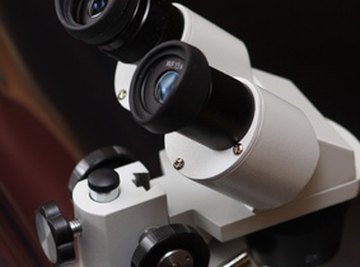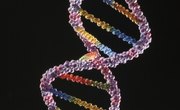
Polymerase chain reaction (PCR) and its scientific relative, cloning of expressed genes, are two biotechnological breakthroughs of the 1970s and 1980s that continue to play significant roles in the effort to understand disease. Both of these molecular technologies give scientists the means to make more DNA in different ways.
History
Molecular biologist Kary Mullis revolutionized gene science when he conceived of the polymerase chain reaction (PCR) in the spring of 1983, which earned him the 1993 Nobel Prize in Chemistry. This breakthrough came on the heels of cloning research that dates back to 1902. No major advances in cloning happened until November, 1951, when a team of scientists in Philadelphia cloned a frog embryo. The big breakthrough occurred on July 5, 1996, when scientists cloned “Dolly” the lamb from a frozen mammary cell.
PCR and Cloning
Cloning is simply making one living organism from another, creating two organisms with the same exact genes. PCR enables scientists to produce billions of copies of a piece of DNA within hours. Although PCR impacts cloning technology by producing large quantities of DNA that can be cloned, PCR faces the difficulty of contamination, where a sample with unwanted genetic material can also be replicated and produce the wrong DNA.
How PCR Works
The PCR process involves breaking down DNA by heating it, which unwinds the DNA double helix into separate single strands. Once these strands are separated, an enzyme called DNA polymerase reads the nucleic acid sequence and produces a duplicate strand of DNA. This process is repeated again and again, doubling the amount of DNA each cycle and increasing the DNA exponentially until millions of copies of the original DNA are created.
How Cloning Works
DNA cloning involves first isolating the source and vector DNA and then using enzymes to cut these two DNA. Next, scientists bond the source DNA to the vector with a DNA ligase enzyme that repairs the splice and creates a single DNA strand. That DNA is then introduced into a host organism cell, where it grows with the organism.
Applications
PCR has become a standard tool in forensic science because it can multiply very small samples of DNA for multiple crime lab testing. PCR has also become useful for archaeologists to study the evolutionary biology of different animal species, including samples thousands of years old. Cloning technology has made it relatively easy to isolate DNA fragments that contain genes to study gene function. Scientist believe that reliable cloning can be used to make farming more productive by replicating the best animals and crops and also to make medical testing more accurate by providing test animals that all react the same way to the same drug.
References
About the Author
David Barber has been a print and radio journalist since 1979. He received a 1981 Los Angeles Press Club Award and was co-author of the 1998 "Insider’s Guide to Tucson." He holds a Bachelor of Science in biology from State University of New York.
Photo Credits
science image by guy from Fotolia.com
